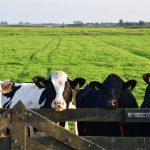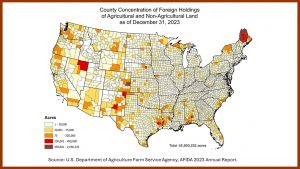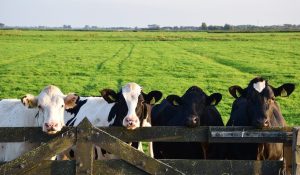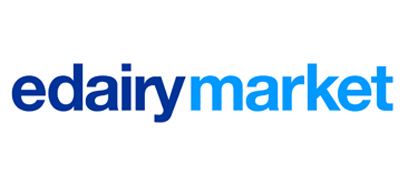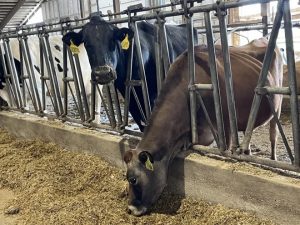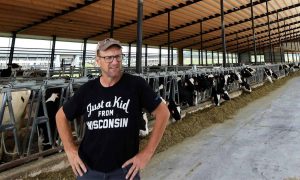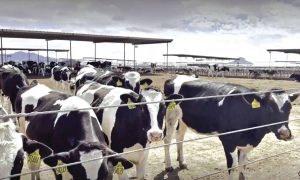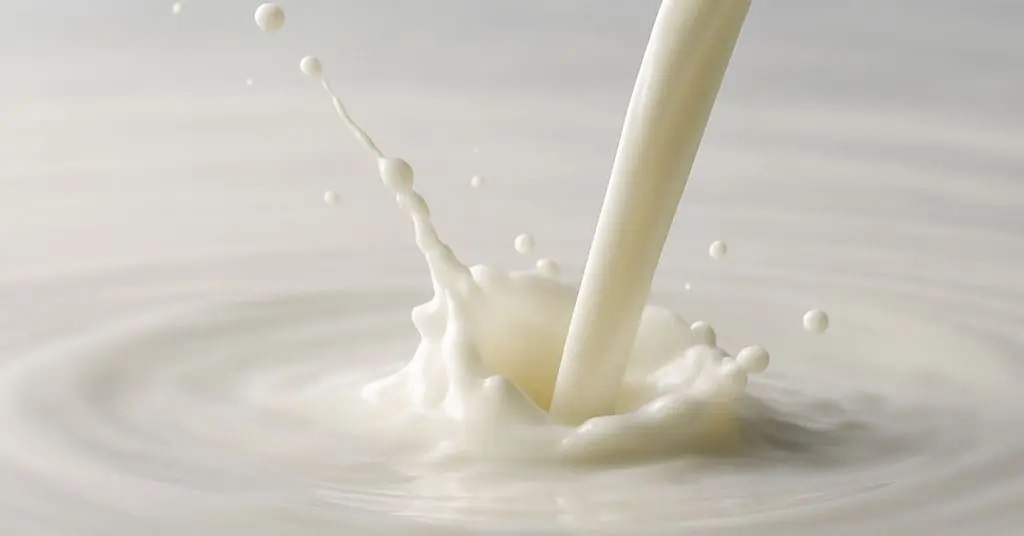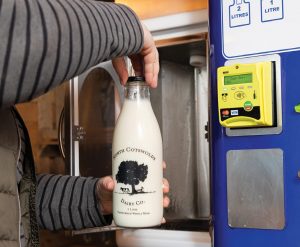
Despite Price Dips & Weather Woes, US Dairy Sees Key Opportunities.
The Pennsylvania dairy industry has faced a barrage of challenges throughout 2025, marked by a steady decline in the all-milk price since its October 2024 peak of $25.50 per hundredweight, hitting a low of $21 in April. Futures for Class III and IV milk hover below $20 for the remainder of the year. While historically low feed prices have kept milk margins above the USDA’s Dairy Margin Coverage Program threshold of $9.50, escalating costs for labor, interest, and other fixed expenses are creating a tighter financial squeeze for dairy farmers this year compared to the last.
Adding to the economic pressures, adverse weather conditions have significantly impacted dairy operations. Early 2025 brought extreme cold, causing frozen pipes and equipment malfunctions. This was followed by a critically dry March and April, abruptly transitioning into six weeks of relentless rain during the crucial planting season, leading to record moisture levels in May. Late June saw a dramatic temperature spike from 65 to 105 degrees in days, stressing livestock, before more heavy rains hit parts of Lancaster County. These environmental hurdles compound the daily operational challenges inherent in dairy farming.
Despite these formidable obstacles, a closer look reveals several powerful reasons for optimism within the dairy sector. One significant positive is the current record-high beef prices, which are actively supporting dairy farm margins. Thanks to a U.S. beef cattle shortage, prices for both cull cows and bull calves have nearly doubled compared to a couple of years ago, with dairy bull calves averaging $900 per head and beef cross calves fetching $1,300, providing a crucial secondary revenue stream for dairy producers.
Furthermore, the dairy industry is experiencing a “renaissance” driven by growing consumer interest in dairy proteins and more affordable, healthier ingredients. This trend is evidenced by a remarkable 16% surge in cottage cheese sales in 2024, alongside projections that whey protein sales will double over the next decade. Complementing this, technological advancements on farms are leading to increased productivity; the average U.S. dairy cow now produces 4% more milk than five years ago, with butterfat levels exceeding 4% due to genetic improvements and data-driven individual cow care.
Finally, expanding dairy processing capacity in the Mid-Atlantic region is creating vital new market opportunities for Pennsylvania milk, even without a new large-scale processor in the commonwealth itself. Examples include the expanded Maola Plant in Philadelphia and new Fairlife and Chobani facilities in New York. This growing infrastructure, coupled with a renewed consumer interest in “food literacy” and connecting with the origins of their food, provides an invaluable opportunity for the dairy industry to effectively tell its story and engage directly with consumers, reinforcing the positive aspects of agribusiness in challenging times.
Source: Lancaster Farming: A Positive Look at Unideal Dairy Markets
You can now read the most important #news on #eDairyNews #Whatsapp channels!!!
🇺🇸 eDairy News INGLÊS: https://whatsapp.com/channel/0029VaKsjzGDTkJyIN6hcP1K

